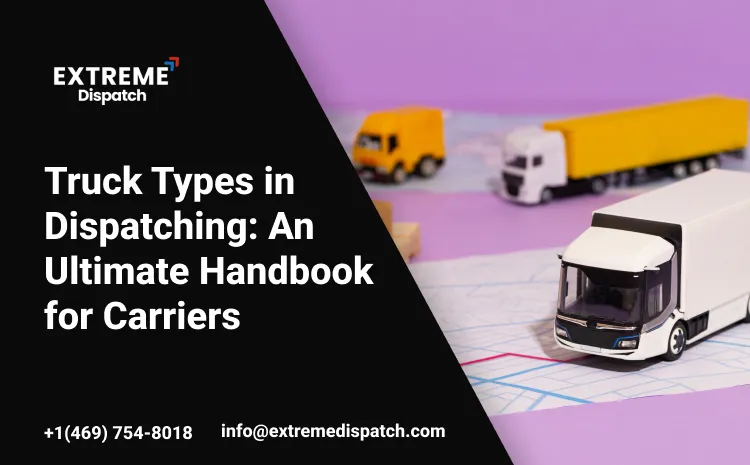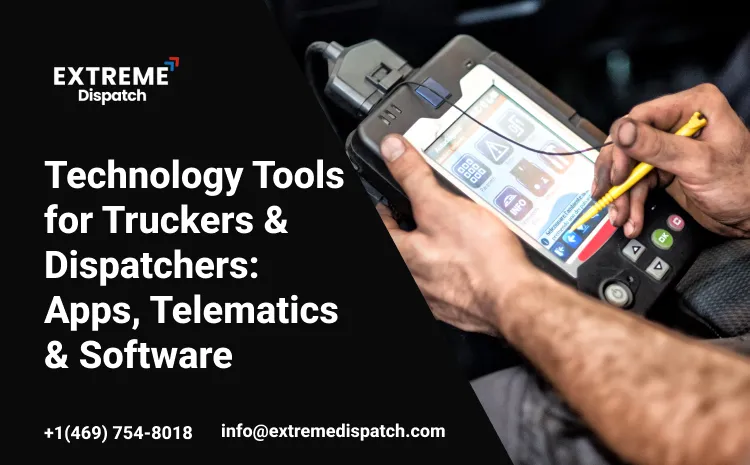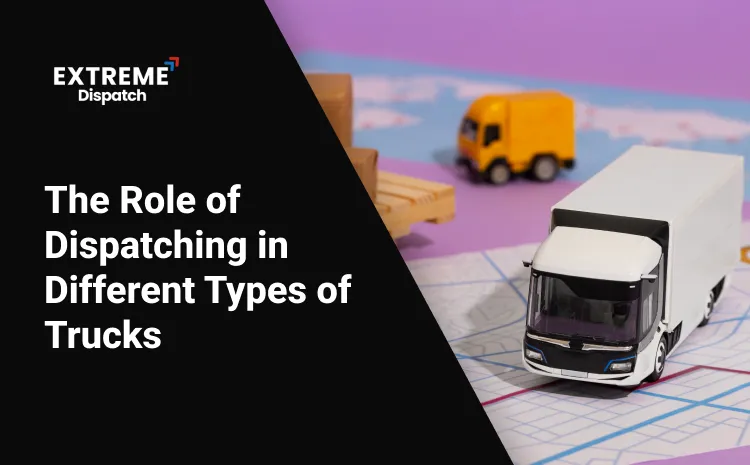At Extreme Dispatch, we work with carriers and owner-operators who drive a variety of equipment, and we have seen firsthand how important the right truck choice is to a company’s bottom line. Choosing a truck type is more than just a matter of taste; it affects the lanes you can travel, the clients you can work with, your operating costs, and the documentation and compliance you must handle. The link between equipment and opportunity is dispatching; a dispatcher who knows the specifics of each truck type can match loads to reduce risk and increase profit.
The common truck types, dry van, reefer, flatbed, step deck, power only, and hotshot are covered in this handbook along with examples of how dispatching strategies, documentation, compliance, and back-office enablement turn equipment into steady income. In order to help carriers and owner-operators make better strategic decisions, we apply the operational realities that influence daily choices.
Why truck type matters
Weight, size, temperature control, time sensitivity, and special fastening are just a few of the requirements unique to each load. Selecting the wrong truck for a job can result in delays, fines, damaged freight, and a tarnished reputation. Based on our experience, the most successful carriers use their dispatch strategy, driver skill, and equipment to match market opportunities. This alignment increases utilization, reduces empty miles, and increases the probability that brokers and shippers will return to you.
Dispatchers must consider more than just trip profitability and rate per mile. This includes detention, insurance exposure, fuel, maintenance, accessories, and the possibility of prompt payment. We can determine which lanes pay premiums and when to bargain for lower prices by knowing the types of trucks.
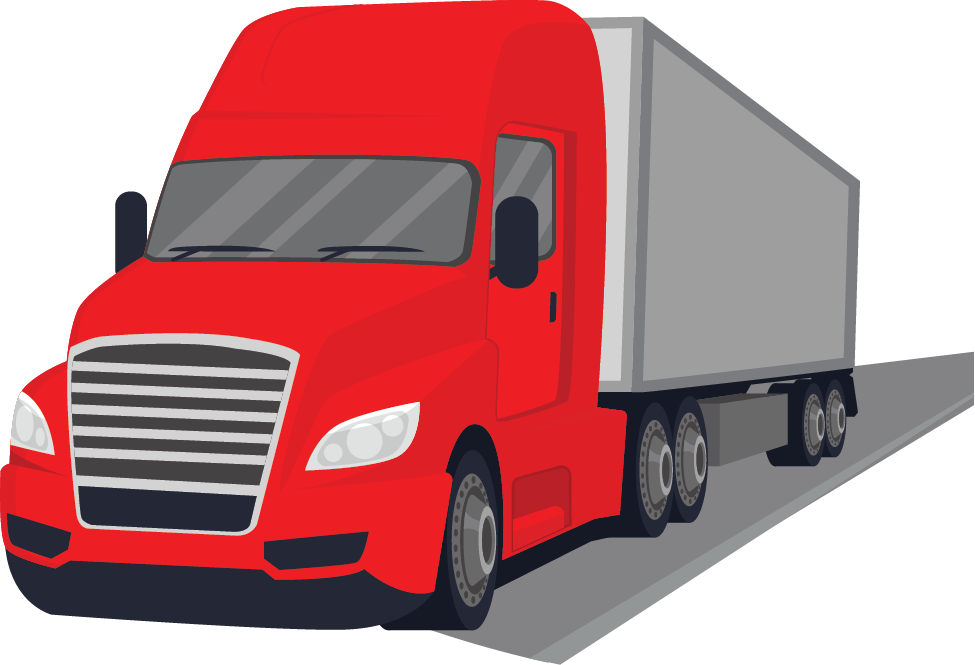
Keep Your Truck Moving – Get Consistent Loads Today
Dry Van: consistent volume, high competition
The foundation of the industry is dry vans. Many retail and consumer goods are transported in dry vans because enclosed trailers are impervious to weather and theft. Volume and predictability are advantageous to carriers. Demand for dry vans is typically steady, and working on dry vans can bring in a consistent weekly income.
However, dry van freight is also competitive. Retail cycles and manufacturing production determine rates, and owner-operators may need premium dispatch support to secure lanes that balance mileage and rate. We focus on route density, deadhead reduction, and lane rate negotiation in line with current market conditions when dispatching dry vans. Excellent dry van dispatching produces steady cash flow through meticulous work.
Reefer: precision and premium pricing
Fruits and vegetables, dairy products, frozen goods, and certain medications are among the temperature-controlled loads transported by reefer (refrigerated) trailers. Because they provide essential temperature control, reefers are more expensive, but operating them requires more self-control. Refrigerators require regular maintenance and increase fuel expenses. In order to avoid spoiling, shippers expect rigorous adherence to pickup and delivery windows.
From a dispatch viewpoint, reefer must be monitored in real time and have contingency planning in place. We route so that idle time is kept to a minimum, verify power is available where required, and include refrigeration fuel prices in each negotiation. The positive aspect is reefers tend to pay premiums for seasonal surges and harvest periods and are thus popular with carriers who can endure the operating requirements.
Flatbed: flexibility of demands
The things that flatbed can transport that enclosed trailers cannot include steel, construction materials, large machinery, and oversized parts. Open deck trailers provide flexibility in loading and unloading, but they also require careful load securement and experienced drivers. To protect both people and cargo, a flatbed worker must be familiar with chains, binding points, edge protection, and proper tarping techniques.
Route planning for flatbed cargo must pay closer attention to lane restrictions, bridge heights, and permits. Experienced flatbed carriers typically have access to higher-paying markets because of the complexity, but they also have to maintain strict safety regulations and documentation. Our specialty is matching experienced drivers with the right cargo and ensuring that all necessary permits and security documents are in order before pickup.
Step Deck: vertical clearance special requirements
Step deck, or drop deck, trailers offer a lower deck height to transport taller loads legally in most situations without the use of special escorts. This setup is beneficial when transporting tall equipment, oversized manufactured products, or other cargo above the height restrictions of a regular trailer. The additional clearance opens up lanes that otherwise would be closed to regular vans or flatbeds.
Step deck load dispatching involves routing height limitations, planning permit requirements, and ensuring that pickup and delivery locations can accept higher trailers. We put step deck equipment into lanes in which this vertical capability opens up higher-paying loads.
Power Only: flexibility without trailer ownership
Power only is a model in which carriers offer the tractor and driver, and the shipper or a logistics provider offers the trailer. This setup minimizes capital invested in trailer ownership and upkeep and enables carriers to switch easily between freight types. Shippers like power only because it facilitates quick trailer changes at docks and yard staging.
The challenge is synchronizing the tractor with preloaded trailers. Dispatchers need to check for availability and condition of trailers and ensure schedules are coordinated. We manage handoffs, ensure trailer serviceable condition, and optimize power only loads that reduce idle time for carriers.
Hotshot: speed and responsiveness
Hotshot operations employ lighter tractors and trailers to transport expedited, smaller freight that, if sent through LTL services, would be too time-critical. Typical hotshot lanes involve delivery of construction part shipments, critical machine part shipments, and emergency replacement part shipments. Hotshot employment can be extremely lucrative per mile because shippers are willing to pay a premium for quick response due to the importance of speed.
Hotshot freight dispatching is naturally reactive in nature. We have tight broker networks that appreciate expedited service and we condition drivers to focus on communication and quick turnarounds. Hotshot can be a great vehicle for establishing cash flow, but it requires availability and stricter scheduling discipline.
How dispatching connects equipment to opportunity
Dispatching is more than load matching; it’s a multi-faceted decision that factors in equipment capability, driver expertise, paperwork, regulations, and profit after expense. We examine load dimensions, special handling requirements, securement requirements, driver endorsements, trailer status, and route regulatory needs before assigning a truck to a load. That level of process mitigates risk and prevents expensive surprises.
We also rely on market information to determine when to negotiate higher rates and when to emphasize steady lanes. Stability is more important than pursuing erratic spikes for some carriers; for others, seasonal premiums are enough to warrant temporary risk-taking. An effective dispatcher customizes strategy to a carrier’s fiscal objectives.
Compliance, documentation, and paperwork
Compliance with regulations and logging provide an underlying framework for safe and lawful operations. Flatbed and step deck loads require documentation of securement, reefers require temperature logs in many cases, and accurate hours-of-service records are required for all long-haul operations. Incomplete or inconsistent paperwork holds up payments and raises audit risk.
We normalize paperwork so that bills of lading, rate confirmations, and accessorial documents all agree. Proper paperwork minimizes payment resistance and puts carriers in position to collect rightful accessorial fees like detention, layover, or reconsignment fees.

Keep Your Truck Moving – Get Consistent Loads Today
Billing, accessorials, and prompt payments
Most carriers do not fully appreciate the cash flow benefits of accurate billing. Proper capture of detention time, additional stops, and special handling can add materially to trip revenue. We coach drivers and back-office staff to report incidents and to drive those events into revenue through prompt invoicing. In our experience, enhanced invoicing discipline frequently gets paid sooner than incremental gains in negotiated rates.
IFTA and fuel tax compliance
Fuel tax reporting under IFTA is an administrative requirement with actual financial implications when mismanaged. Proper allocation of miles between jurisdictions and fuel receipt reconciliation necessitates meticulous record keeping and systematized procedure. We assist carriers with the aggregation of mileage and fuel data and the preparation of IFTA reporting, eliminating audit risk and administrative burden on owner-operators.
Technology and maintenance
Electronic logging and telematics are key components of modern dispatch. Real-time location, fuel consumption, diagnostic fault codes, and hours-of-service compliance are all provided by these tools. We use this information to reroute delayed trucks, schedule preventative maintenance before it fails, and base dispatch decisions on the availability and condition of trucks rather than conjecture.
For reefers and flatbeds in particular, preventative maintenance is crucial. Regular maintenance is required for refrigeration units, and security equipment must be inspected before every load. Negative broker complaints, customer fines, and breakdowns are all reduced by an effective maintenance program.
Market cycles, negotiation, and driver skill
Equipment profitability follows market cycles. Reefers peak for harvest and holiday produce seasons. Flatbed demand increases for construction and infrastructure projects. Dry vans are sensitive to retail demand and consumer cycles. We monitor these cycles and instruct carriers when to switch emphasis, bring in temporary capacity, or develop a niche.
Driver proficiency is no less critical. A driver who is familiar with complicated flatbed securement or refrigerated load profiles allows a carrier to enter higher-revenue lanes and long-term agreements. We consider driver qualifications in dispatch decisions and incentivize carrier investment in training where it opens up new markets.
Insurance, liability, and risk allocation
Insurance exposure depends on truck type and freight. Flatbed and step deck operations tend to have higher rates due to risk of cargo and potential damage. Reefers can be subject to food or pharmaceutical endorsements based on the freight. Power only arrangements require preclearance on trailer condition and liability. We make sure rate confirmations clearly outline liability obligations and that carriers have the endorsements suitable for the lanes they operate in.
Practical action for carriers thinking about new equipment
When a carrier is thinking about adding a reefer or getting into flatbed, the move should be based on hard data. We look at demand in local lanes, seasonal trends, anticipated operating expenses, and insurance considerations before suggesting the purchase of equipment. Power only may be a tempting low-capital introduction to new lanes for most carriers, while hotshooting can be a nimble introduction to expediting markets.
Final thoughts
Selecting the appropriate truck type is both tactical and operational. It demands an accurate grasp of market demand, a documentation and maintenance discipline, and a dispatch companion that can convert equipment capacity into recurring revenue. We offer market insight, documentation discipline, compliance assistance, and negotiation skills so carriers and owner-operators can drive. If you’d like to discuss how a particular type of truck will operate in your lanes or how to build a mixed-fleet strategy, contact us. We translate equipment choices into profit.
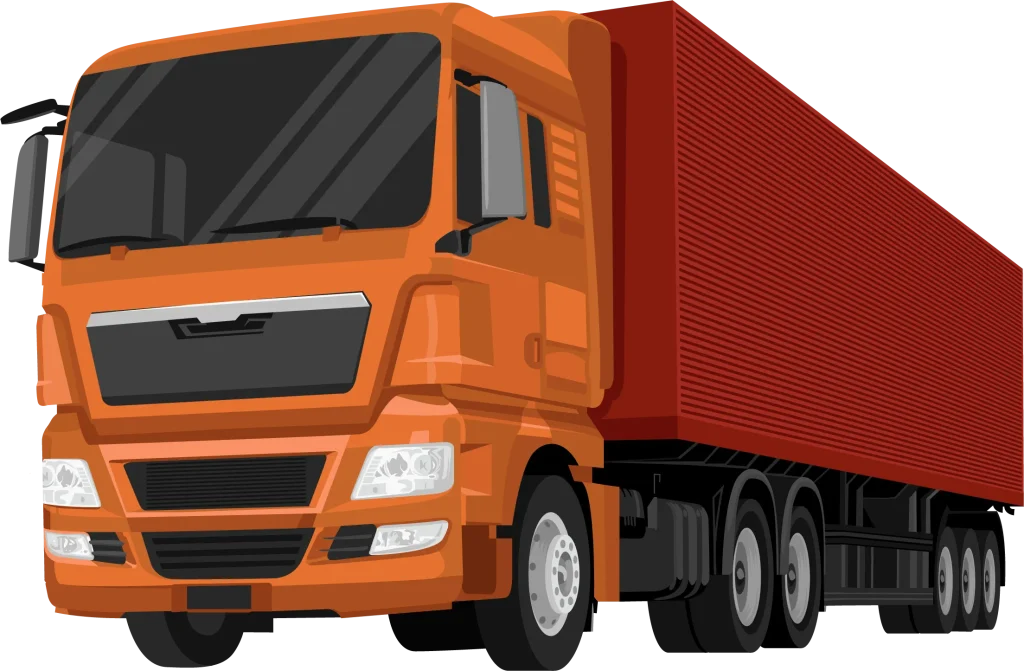
Subscribe to Learn more about Extreme Dispatch
By clicking “Subscribe” you agree to our Privacy Policy and consent to using your contact data for newsletter purposes

